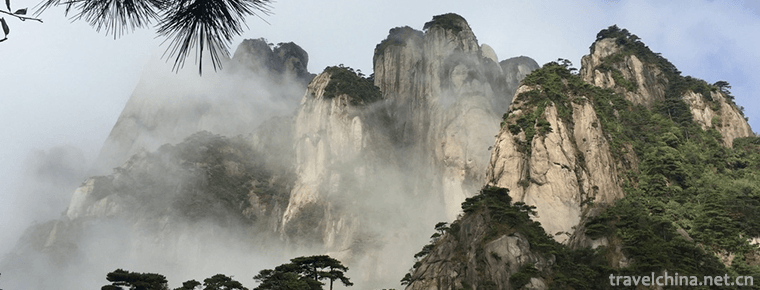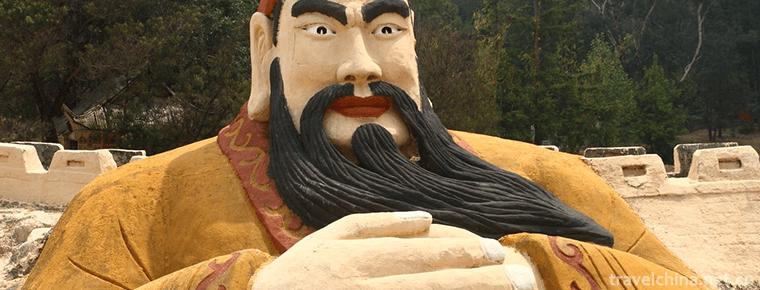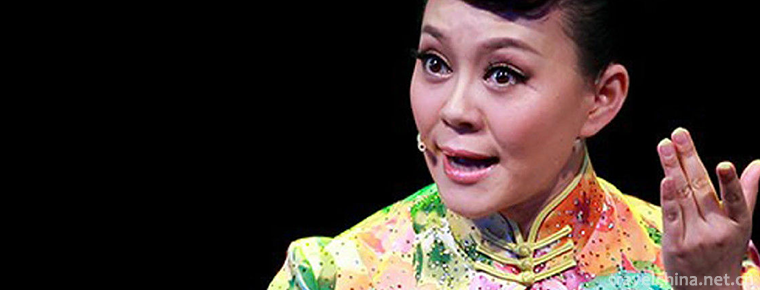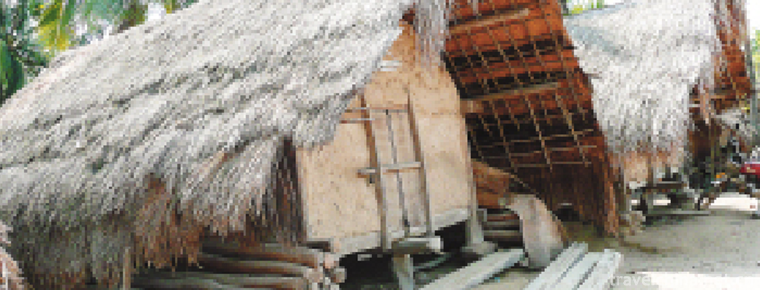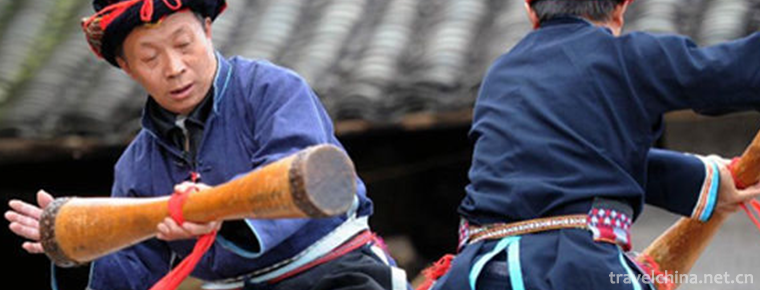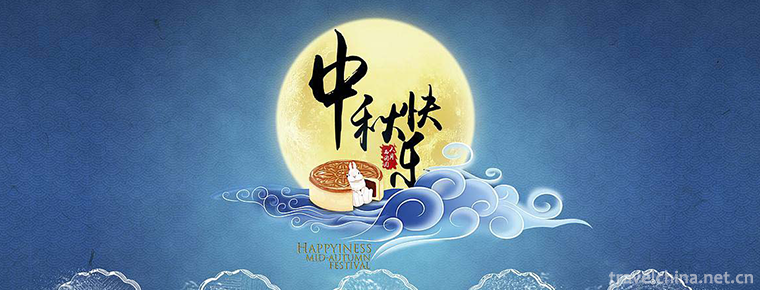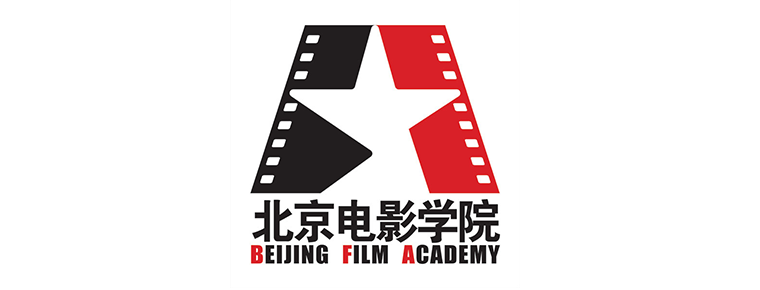Golden Great Wall Site Park
Golden Great Wall Site Park
The Great Wall Site Park is located at the junction of Heimeng and Heilongjiang Province in Nianzishan District, Qiqihar City, Heilongjiang Province. The end of S302 Provincial Highway is the Great Wall Site built by the Jin Dynasty in China.
The park is composed of Boruhuo Square, the Great Wall and the beacon. It covers an area of 40,000 square meters. It is the first park named after the Great Wall along the Great Wall.
Overview of scenic spots
The Golden Great Wall Site Park is based on the Golden Great Wall and centered on the Poluhuo Theme Square. It consists of Poluhuo figurines, reliefs, totem poles, pots, bronze mirrors, lamp holders and other cultural relics. Construction started in 2007 and was officially completed and opened to the outside world on 28 June 2008.
The Golden Great Wall Site Park covers an area of 40,000 square meters. It is the first park named after the Golden Great Wall along the Golden Great Wall.
The park consists of Boruhuo Square, the Great Wall and the beacon. Boluhuo Theme Square is centered on the bronze statue of Bolu, the founding General of Jinchu Dynasty. The bronze statue is the heroic image of Bolu Huolong who patrols the border immediately. The bronze statue is situated on a huge stone tablet. On the front, the black marble carving "Dutong Bolu Fire of Taizhou on Jinbei Road" is inscribed. On the back, the bronze statue base and the bronze statue are 14.5 meters high. Four coppery reliefs on all sides of the base reproduce the magnificent scenes of Poluhuo leading the army and civilians to reclaim the wasteland border more than 800 years ago, building the Great Wall and Nuzhen people's grazing and hunting, and summarize the historical achievements of Nuzhen people in building the Golden Great Wall. The four corners of the pedestal are equipped with four unearthed cultural relics of the Jin Dynasty as gifts, which show the cultural and artistic works of the Jin Dynasty vividly and plainly. They are: bronze mirrors, marching pans, oil lampstands, wax tables. On the East side, four stone totem poles, six meters high, show the belief and ideal world of the Nuzhen people, and also set off the great Bank of the bronze statue of Boru fire. There are four gods carved: Qinglong, Baihu, Xuanwu and Suzaku; Spring Mountain and Autumn Water pray for blessed noodles; there are symbols of agricultural civilization such as cattle, horses, sheep and furniture. Reasonable greening of the central square shows a corner of the oasis in the frontier desert and cultural stones scattered in the oasis. It integrates poetry, calligraphy and stone carvings, and shows the epic civilization picture of the northern ethnic groups.
According to reports, Luo Zhewen, a famous expert in Liao and Jin Dynasties, wrote an inscription on the site park of the Great Wall.
Construction background
The Great Wall of the Jin Dynasty is regarded as an important military defense project in the Jin Dynasty after many excavations and textual research by domestic archaeologists. The reason for its construction was that there was a Nuzhen Wanyan Aguda branch in the Songhua River Valley in Heilongjiang Province at that time. This Nuzhen people lived in the Songhua River valley with forests, grasslands and fields, where they could hunt, animal husbandry and cultivate land. The climate is mild, the soil is fertile, the water is abundant, and the grass quality is the most suitable place for living. Because of the weather, geographical location, people and the growing strength of the Nuzhen people, in 1115 AD in Acheng, Heilongjiang Province, the capital was built as "Huining", the country's name is Jin. In 1121, the rise of Mongolia, which was later the Yuan Dynasty, launched a comprehensive war against the rising gold and sent troops to attack the gold for many times. In order to resist foreign invasion, Po Luhuo, the founding Minister of the Jin Dynasty, led more than 100,000 troops and civilians to build the "border trench" military defense project. At that time, people called the defense project "boundary trench", which started in 1138 (Xizong) in the year of Jintianju, and completed in 1988, lasted 60 years.
According to the records of Jinshi, the Great Wall of Jin can be roughly divided into four roads: Northeast Road, Linhuang Road, Northwest Road and Southwest Road. The Golden Great Wall in Heilongjiang Province is a section of the Northeast Road. The Golden Great Wall in the Nianzishan Section, such military facilities as beacons, border forts and enemy platforms (horse noodles) are basically well preserved. The ruins of the Great Wall are still more than 3 meters high, and the orderly arrangement of the enemy platforms with an interval of 80 meters is still indistinguishable. The Great Wall is rammed with clay as the main material. More than 800 years of wind, sand and rain have caused the Great Wall to collapse gradually, and some of its walls are covered with weeds.
The eastern end of Jinbian Trench Road starts at the northern suburb of Nierji Town, Molidawa Daur Autonomous Banner, on the West Bank of Nenjiang River, 8 kilometers from southwest to Arong Banner, then from Arong Banner to Yangyu Township to Dahewan Town, Zhalantun City, connecting four townships of Zhalantun City, 140 kilometers in Zhalantun City, 30 kilometers in Nianzishan District of Heilongjiang Province, and 30 kilometers in Ha City of Zhalantun City. Seventy-five kilometers south of the Duohe River, it enters the Zalaite Banner of Xing'an League and extends from there to Hetao in Western Inner Mongolia, covering a total length of more than five thousand kilometers. The Great Wall has become the boundary between Inner Mongolia Autonomous Region and Heilongjiang Province.
Scenic spot honor
In February 2010, the ruins park was rated as "the 100 most worthwhile places in Heilongjiang Province" by Heilongjiang Tourism Bureau and Commerce Department.
On June 25, 2001, the State Council listed the whole line of the Great Wall as the fifth batch of state-level key cultural relics protection units.
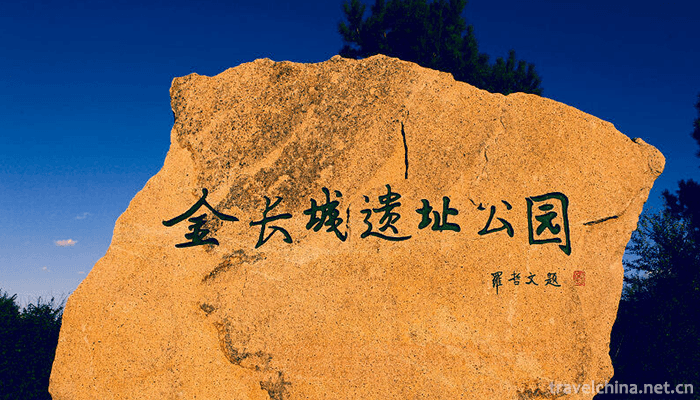
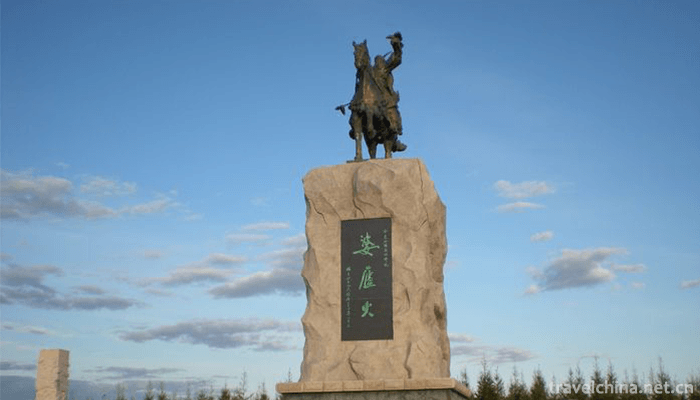
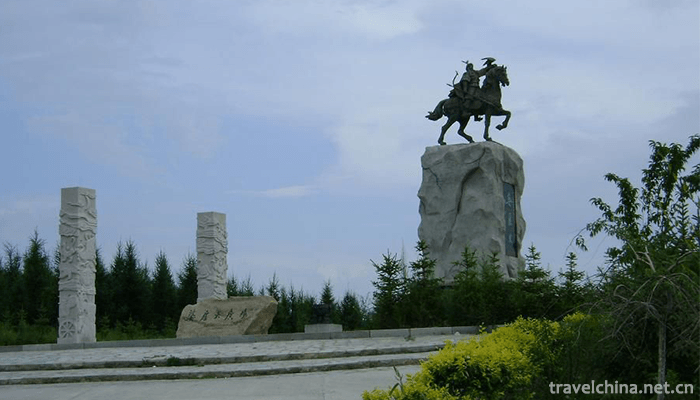
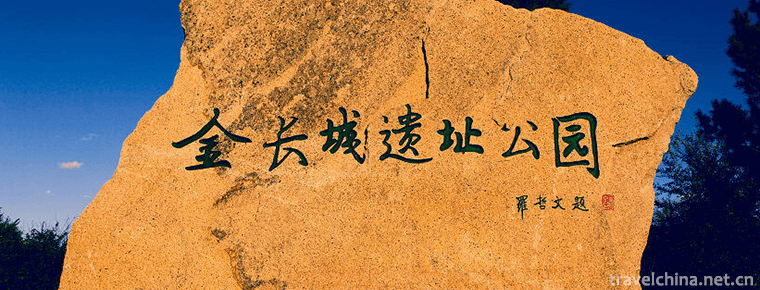
Golden Great Wall Site Park
-
Sanqing Mountain Scenic Spot
Sanqing Mountain, also known as Shaohua Mountain and Yashan Mountain, is located at the junction of Yushan County and Dexing City, Shangrao City, Jiangxi Province
Views: 216 Time 2018-12-08 -
Luliang Colorful Sand Forest
Luliang color sand forest is a national AAAA tourist area, 18 kilometers away from Luliang County. 108 named scenic spots are located in the "Y" shaped canyon, with a total area of 180 hecta
Views: 149 Time 2019-02-06 -
Xinyingtai Eco Spa Resort
Yingtai Eco-Hot Spring Resort (Eco-Park) is located on the parallel road of Tengzhou City, Shandong Province. It is a comprehensive service enterprise integrating eco-catering
Views: 201 Time 2019-02-26 -
Henan Pendant
Henan pendant originated in Henan Province. It is a traditional form of folk art which is formed by the combination of Taoism, Yinggeliu and Sanxianshu, which are popular in Henan and Northern Anhui.
Views: 441 Time 2019-05-03 -
Kuozi Guzi
Guzi, also known as "Guzi Dance" and "Cowskin Boat Dance", is a unique folk dance of two groups of Junba in Chabalang Village, Qushui County, Tibet Autonomous Region. In 2008
Views: 140 Time 2019-05-10 -
Baoding old tune
Baoding old tune, also known as old tune bangzi, is one of the traditional operas with a long history in Hebei Province and a national intangible cultural heritage. At first, it was a popular Hexi tun
Views: 371 Time 2019-05-11 -
Construction Techniques of Li Nationalitys Ship type House
The carrier of the excellent architectural skills of the Li nationality will inevitably fade out of sight in the fierce collision between traditional civilization and modern civilization. Today only a
Views: 278 Time 2019-05-12 -
Long Drum Dance of Yao Nationality
Chinese Yao folk dance. Popular in Guangdong, Guangxi, Hunan and other provinces where Yao people live together, most of them perform on traditional Yao festivals, harvest celebrations, relocation or
Views: 262 Time 2019-07-11 -
Mid Autumn Festival
Mid-Autumn Festival, also known as Moon Eve, Autumn Festival, Mid-Autumn Festival, August Festival, August Meeting, Moon Pursuit Festival, Playing Moon Festival, Moonworship Festival, Daughter's Festi
Views: 145 Time 2019-08-03 -
Bing Xin
Bing Xin (October 5, 1900 - February 28, 1999), female, formerly known as Xie Wanying, Changle, Fujian province (now Changle District, Fuzhou), China Association for democracy promotion ( China Associ
Views: 182 Time 2019-09-06 -
Beijing Film Academy
Beijing Film Academy is a University of art with film history and profound film culture. Its predecessor is the Institute of Performing Arts founded in 1950. It was relocated in 1951 and renamed as th
Views: 184 Time 2019-09-06 -
Anhui University Of Science & Technology(aust)
Anhui University Of Science And Technology is located in Anhui province. Huainan City Yes. Anhui higher education revitalization program Local characteristics High level University Construction, proje
Views: 565 Time 2019-10-10
